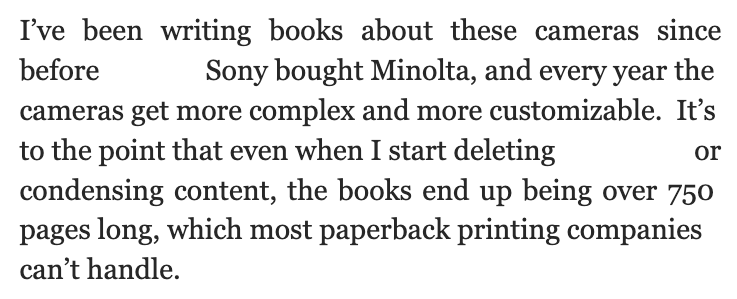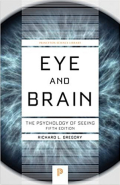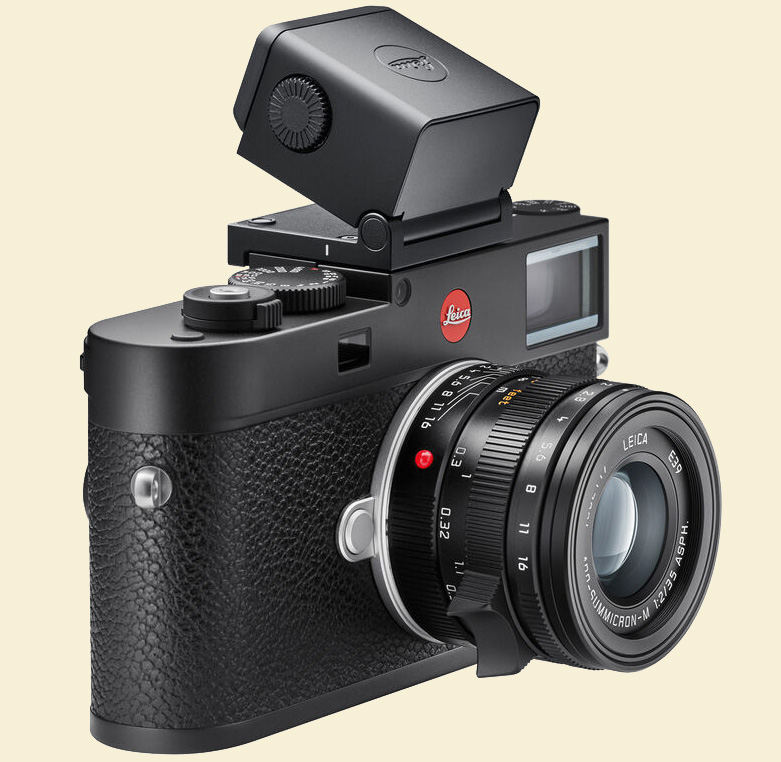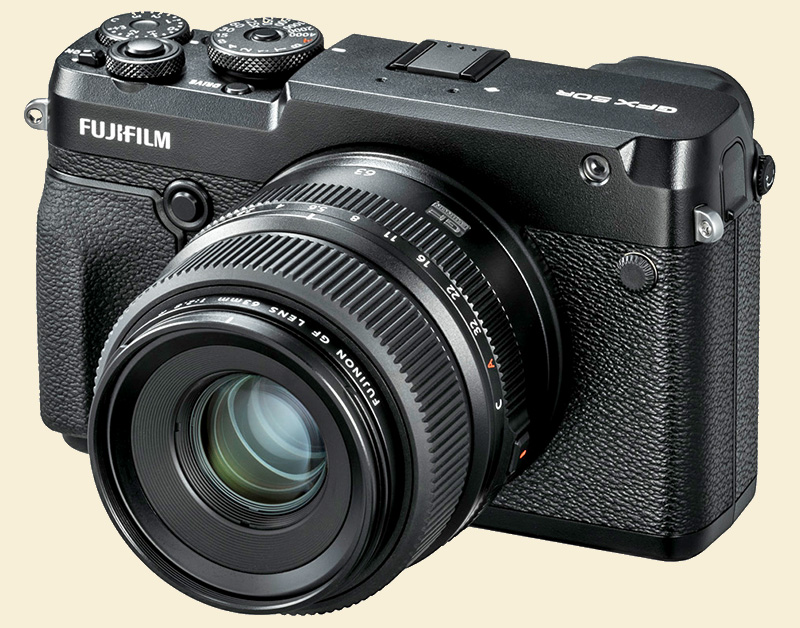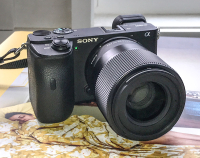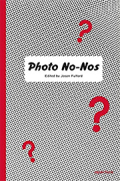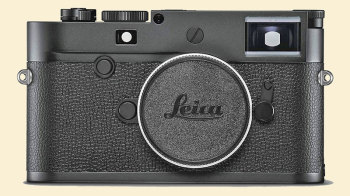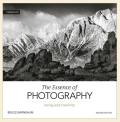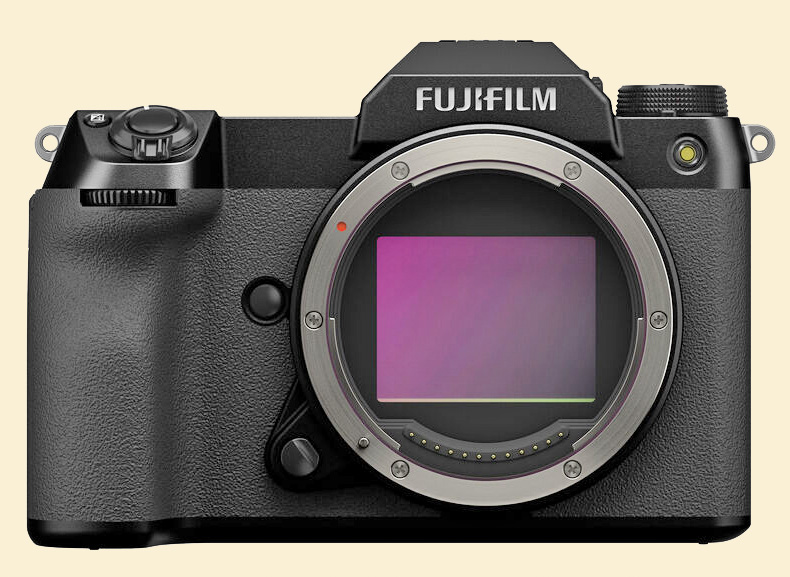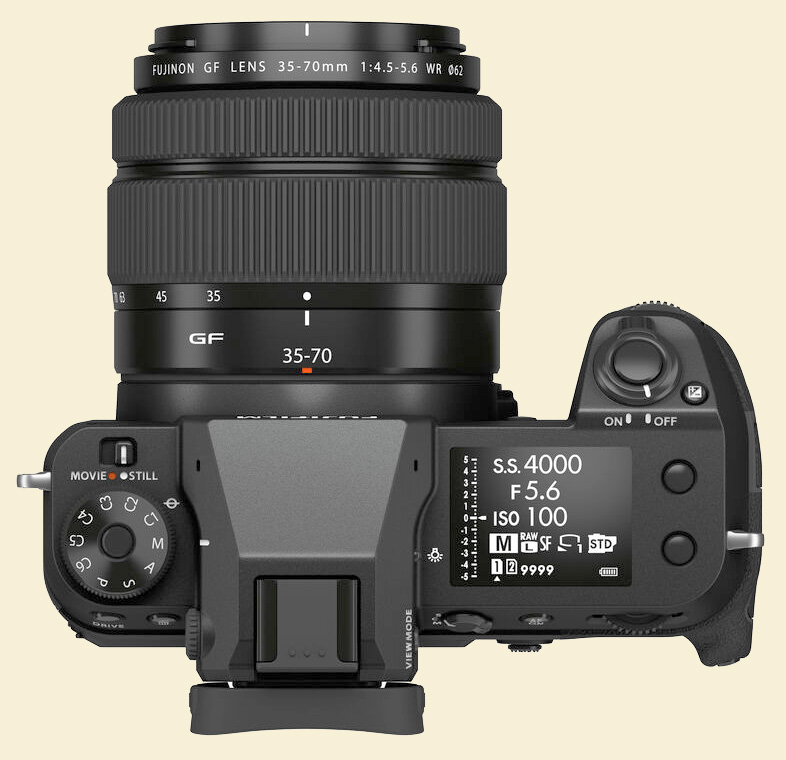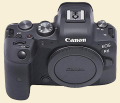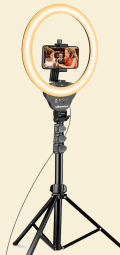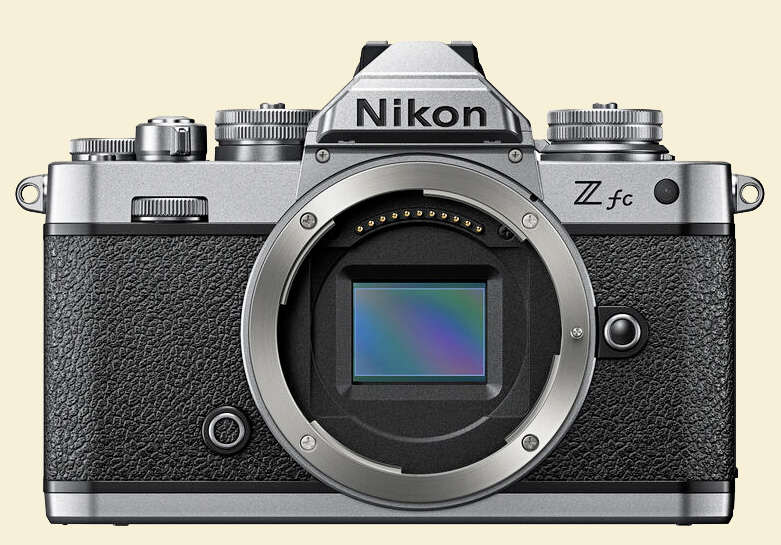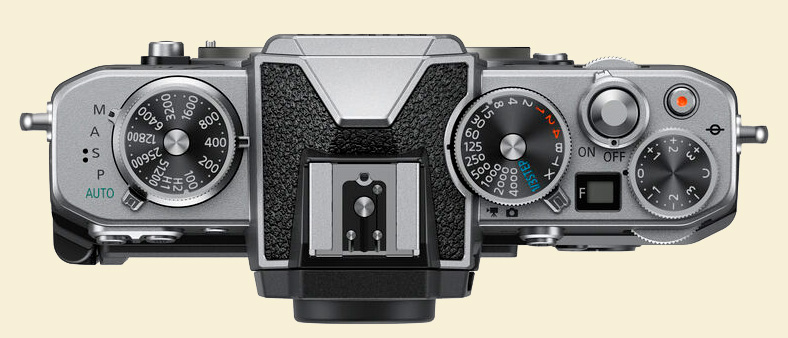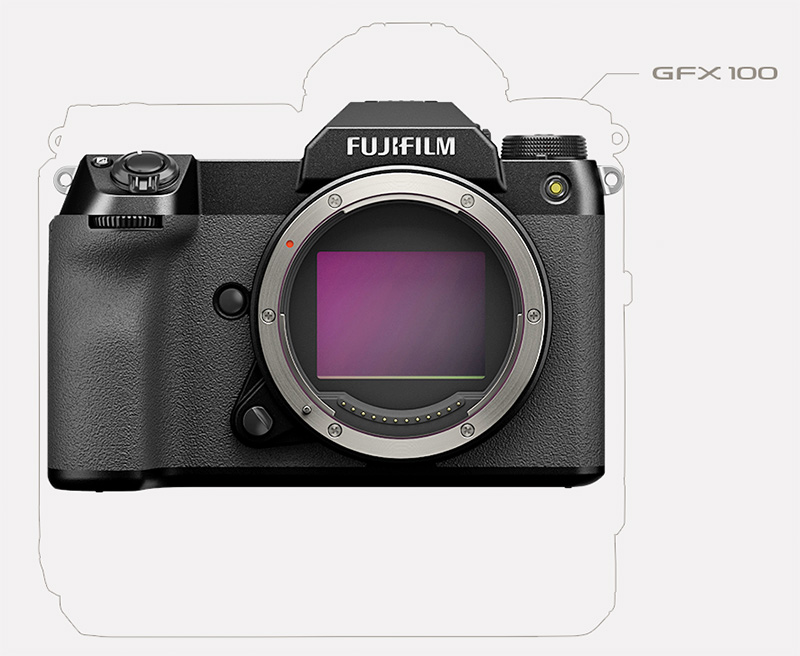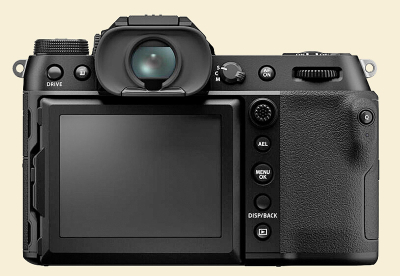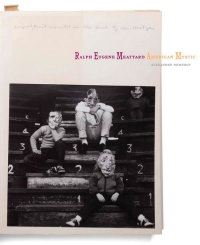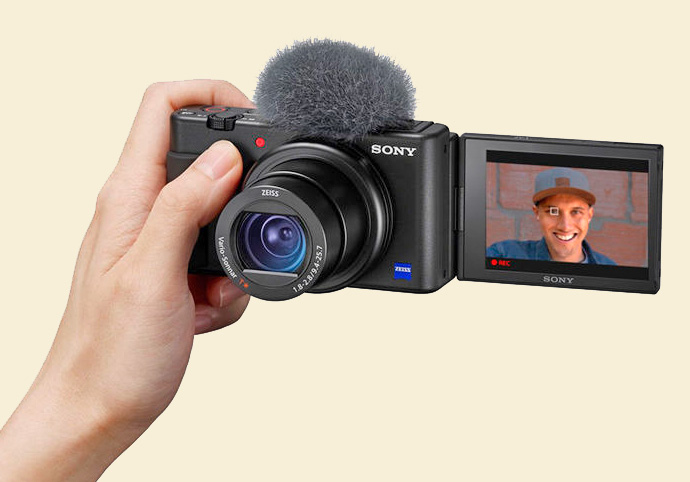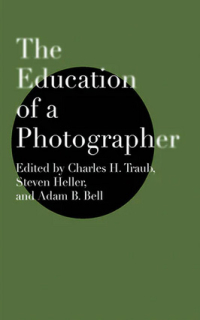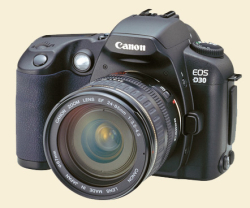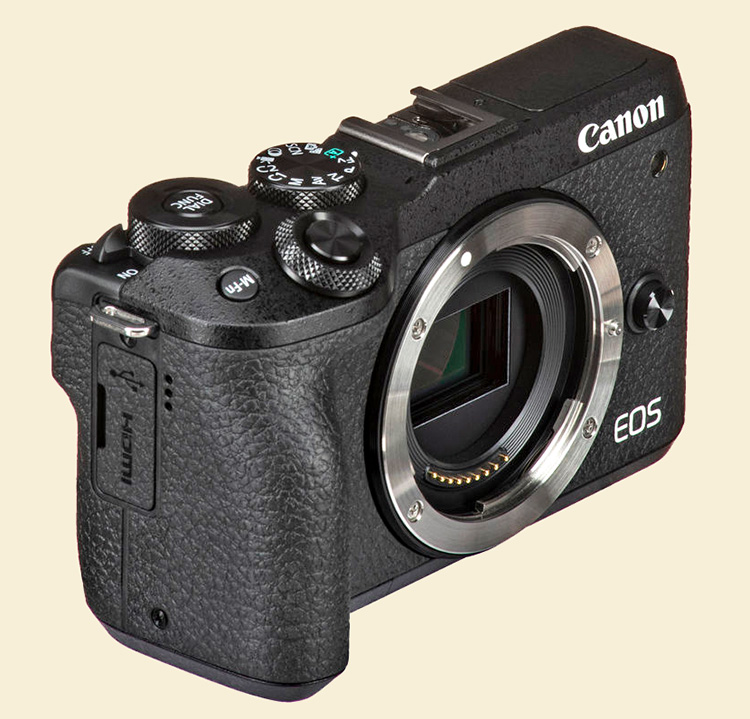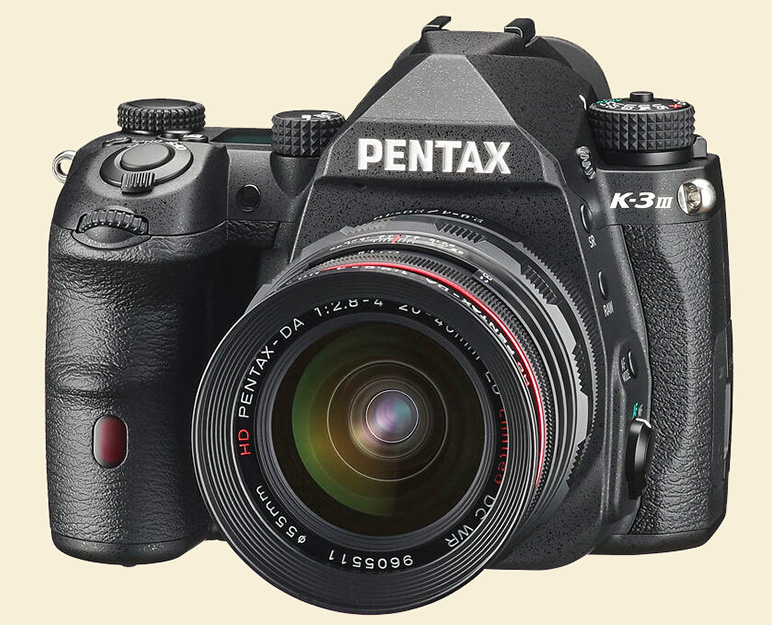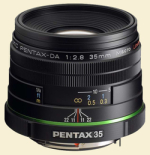[Comments have been added.]
About the Leica T, Doug Reilly wrote: "I think the camera of which you speak might be the Leica T. It is fabulously stripped down. One button in addition to the shutter release. Two dials. A very responsive and pretty touch screen for everything else, and by everything I mean very little, and you fit most of the functions relevant to stills photography on their version of the quick menu. In A mode, the right dial adjusts the aperture and the left dial can be set to one of six functions, including exposure comp, which is where I leave it. It’s got autofocus and an add-on EVF, and tweakable auto-ISO. I think it’s brilliant, and bravo to them for bucking the trend. (...The T was released prematurely with a very poor firmware, so it received a lot of negative press. They upgraded the firmware and created a sleeper camera that, if it shines for you, is a heck of a deal.)"
About the original Canon 5D, Rich Reusser wrote: "I recently bought a Canon 5D classic, as it was dirt cheap and I fondly remembered my first one years ago. I'll be darned if my memory isn't spot on. The 2006 state of the art was refreshingly basic. A real joy to shoot without the camera getting in my way."
About the Hasselblad X1D, Gordon wrote: "Menus can be done well. Camera companies...just don't. Hasselblad's X1D interface is sublime. They take full advantage of the touchscreen to make accessing most things incredibly easy and intuitive. If you understand the basics of photography there's no need to read the manual at all."
About the original Leica SL, Kirk wrote: "I bought a Leica SL, the original version, specifically because of the simplified controls and simplified menus. Four unmarked buttons and a power switch on the back. One hour to learn the menu. Very limited complexity for things like JPEGg settings or video. A five line section in the menu for video. It's exactly the camera you are describing as a great photo camera. And it's well built, feels great and takes a complete system of lenses from three alliance partners and a growing base of other makers. They are available all over the used market at about $2,200 in great shape. There's the solution to all the 'deep dive' menus and complexity."
About the Fuji X-T1, John Krumm wrote: "You have a 'stripper model' of a camera, sort of, the Fuji X-T1."
= + = + = + = + =
Mike's comments: First of all, after we play pool on Monday we go to lunch, and on the way to lunch I saw a red fox in the snow. They're lovely animals, and as cold as it's been, his coat was thick and luxurious. I screeched on the brakes and backed up! He was like, what's this now? I watched him skedaddle through the open trees. Beautiful. I got a great view of him (or her). I don't see many foxes.
Re simple cameras, two things to get out of the way first. One is that I don't need a simple camera. I'm not looking for help. It's not like I can't operate any camera, even a very complicated one. I've been reviewing cameras literally half my life. I can take pictures with anything, from an oatmeal carton with a pinhole on up. Second, I'm not advising any manufacturers from a business/marketing standpoint. Yes, I do think they've painted themselves into a corner by making their products unappealing to normal people because of excessive complexification; but I'm not saying that one product that went against the grain would be a hit in the marketplace. Of course it should be a hint that both Leica and Hasselblad lead the way in purposeful, pared-down devices that aren't gummed up with endless options and 750-page manuals. If it's not "What do I know?" Then maybe it's "What do they know?"
The other thing about this is that I'm not suggesting all cameras need to be simple. Just a few. Well, a few that don't cost five grand or more.
And third—um, did I say two things? There's a third—which is that I'm not even sure "simple" is the right word. Purposeful is more like it. Focused, if you'll pardon the eternal pun. This is more like what I mean:
- Purposeful
- Pared down
- Able to be mastered
- Built to do one thing really well rather than all things just in case
I'm at a disadvantage making these arguments, though...I haven't used as many high-end cameras as Ken and Kirk and I'm sure many others have. In recent years I haven't used a lot of cameras. Maybe what I need is to expand my familiarity with the options more....
Mike
Book o' the Week
 In Search of Elsewhere: Unseen Images by Steve McCurry. The two Steve McCurry books I own—Looking East and The Unguarded Moment—are oversized (but not too oversized) and have some of the very best color photographic reproduction I've seen. I hope this will be the same, although it has a different publisher. Steve McCurry, although his career is not without blemishes, is a superb and accomplished photographer whose work is a joy to own and revisit. Note that he's a "visual storyteller," not a photojournalist.
In Search of Elsewhere: Unseen Images by Steve McCurry. The two Steve McCurry books I own—Looking East and The Unguarded Moment—are oversized (but not too oversized) and have some of the very best color photographic reproduction I've seen. I hope this will be the same, although it has a different publisher. Steve McCurry, although his career is not without blemishes, is a superb and accomplished photographer whose work is a joy to own and revisit. Note that he's a "visual storyteller," not a photojournalist.
The links are portals to Amazon. Thank you kindly for helping support The Online Photographer!
The following logo is also a link if you click on it:

 Original contents copyright 2020 by Michael C. Johnston and/or the bylined author. All Rights Reserved. Links in this post may be to our affiliates; sales through affiliate links may benefit this site. As an Amazon Associate I earn from qualifying purchases.
Original contents copyright 2020 by Michael C. Johnston and/or the bylined author. All Rights Reserved. Links in this post may be to our affiliates; sales through affiliate links may benefit this site. As an Amazon Associate I earn from qualifying purchases.
(To see all the comments, click on the "Comments" link below.)
Featured Comments from:
Thomas Rink: "Isn't it funny how all attempts to simplify photography result in increased complexity? For example, automatic exposure—the user has to know how the exposure meter works to dial in the right amount of compensation. To make matters worse, if the camera uses matrix metering, the user has to second guess how the machine would compensate exposure to eventually compensate that. Or autofocus which requires the user to know how the related algorithm works to get the most out of it. These are 'leaky' abstractions; the user has to know about the underlying mechanism and how the abstraction works in order to use the feature. Smartphone cameras show us that this can be done better."
Jack Mac: "The Leica M11 is the most simple of all the Leica M’s film or digital! A film Leica M had a very challenging way of taking a baseplate off to then thread the film across the camera back. Leica retained that baseplate for the M8, M9, M 240, and M10 even though threading film was unnecessary. Finally in 2022, Leica has dropped the removable baseplate from the camera so that users themselves no longer accidentally drop the removable baseplate when changing batteries or SD cards."
Bear.: "Now that you mention it, I’ve realised I’ve got a Leica Q2, three Sigma Merrills (28mm, 40mm and 75mm FF equivalents) plus a soon to be retired Sony RX1. They are all purposeful, pared down, create fantastic images within their design parameters, and don’t do much else especially well. I am obviously limited in the types of images I am able to make with each of them but find those limitations to be quite inspiring in their own right, as I have to see the world in a way that enable me to take photographs that are within their capabilities.
"Having said that, I’m a 'fine art' photograph with the freedom to choose my own subject matter for my photography—if I were a professional photograph meeting clients’ requirements for a living, I suspect those limitations would be (um) precisely the opposite of inspiring—and I that would much prefer a Nikon Z9 or Sony A1 or two with a bag of zoom lenses and lighting gear."
Dogman: "It's ironic and baffling to me that we were told computerization was going to make things easier and our lives more simple. Instead those who design and build computerized devices have made our lives more frustrating and they have complicated many previously simple tasks. Makes one wonder. Are the machines serving us or are we serving the machines?"
Geoff Wittig: "I have really come to love the pared-down interface of the Fuji XT series in actual use. Yes, Fuji's menu structure is a kludge, there are too many redundant buttons, and the X-H1's exposure compensation is God-awful, pressing a tiny little button while turning a clumsy squishy wheel. But the X-T2/3/4 series is just about perfect. Big simple knobs for exposure compensation and basic controls, with no need to dive into the menu swamp at all. And a nice aperture ring on the lenses. They could leave off all the other stuff as far as I'm concerned."
Dave Millier: "Interesting that living out in the wilds you don't see foxes very often. I live in London and I see about 50 foxes every day. There are several living next door and they screech spookily every night. They sleep on my shed roof during the day. Today, on the school run, I saw a fox happily trotting down the pavement (sidewalk) of a busy commuter route in broad daylight without a care in the world. It's odd that there are more foxes in the heart of the city than in the countryside. Beautiful looking animals and easy to photograph but I was not so pleased with them when they ate my backyard chickens. :-( "
